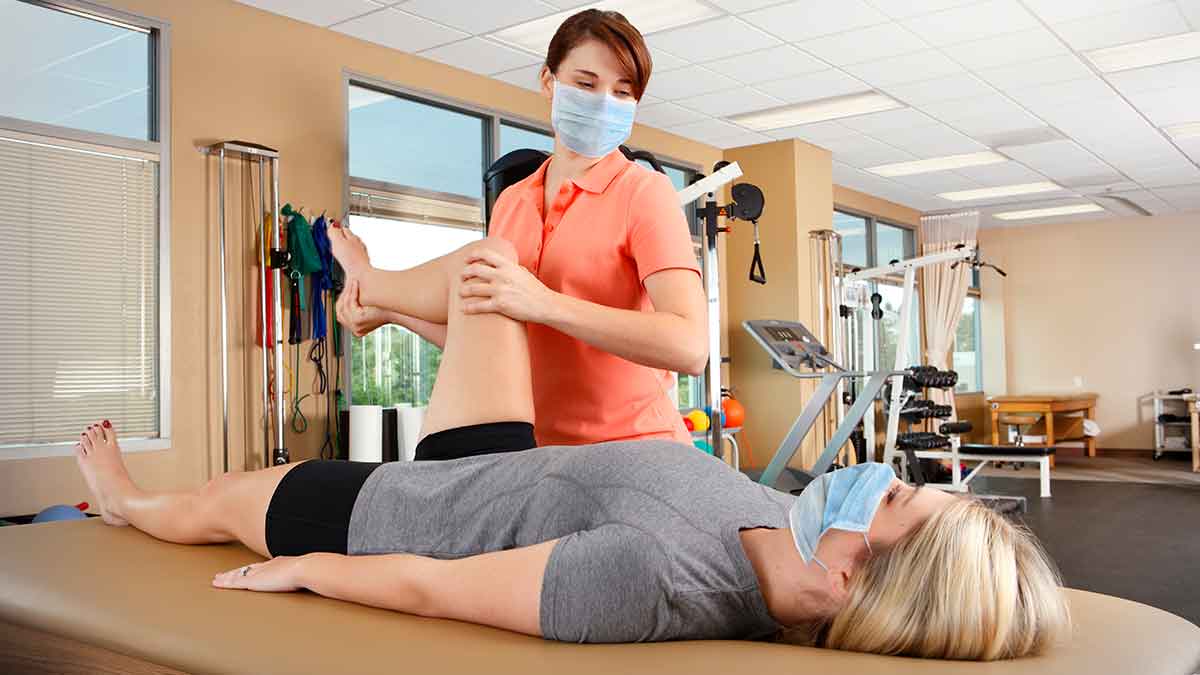
One of the main objectives of cardio-pulmonary physical therapy is to enhance heart and lung endurance. After surgery, individuals may face decreased stamina, making everyday tasks feel more tiring. Through a meticulously structured fitness program, physical therapists guide patients in incrementally boosting their physical activity levels. This may include activities such as ambulating, bicycling, or targeted breathing exercises. These exercises not only aid build power but also increase lung capacity, which is vital for guaranteeing that the body gains enough air.
Moreover, cardiopulmonary physical treatment highlights the importance of breathing methods. Many post-operative individuals may find it difficult with deep breathing due to discomfort or restricted mobility. Therapists instruct individuals how to execute profound breathing exercises, which can facilitate expand the lungs and eliminate any secretions that may have accumulated during the recovery process. Appropriate respiratory techniques are essential to avoid issues such as pneumonia, which can arise if the lungs are not operating optimally. By focusing on these methods, patients can enhance their healing and overall lung health.
Another key component of this type of therapy is instruction. Physical Look At This therapists provide important information about the healing journey, including what individuals can anticipate during recovery. They explain how to recognize warning signs that may signal complications, helping patients feel more in charge of their well-being. Comprehending the role of physical activity in recovery allows patients to assume an engaged part in their recovery process. This empowerment is crucial for building self-assurance and encouraging a constructive perspective during recovery.
In conclusion, cardiopulmonary physical treatment is an integral aspect of post-operative rehabilitation for patients undergoing cardiac and lung operations. By concentrating on enhancing heart and lung endurance, teaching breathing techniques, and providing education, therapists empower patients to take control of their healing. This specialized treatment not only aids in bodily recovery but also enhances mental well-being, making the process of healing easier and more manageable. With the right support and guidance, patients can successfully regain their strength and return to their daily lives.